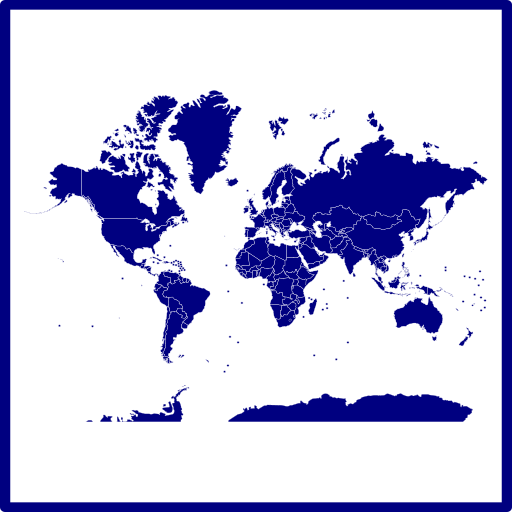Wohin kann ich mich wenden oder wen darf ich kontaktieren, damit hier auch die 1.19.0 erscheint? Ich bin noch nicht firm mit Linux/Kubuntu.
Der Maintainer der Debian Pakete bekommt jedes Release mit. Bis jedoch bei Debian Stable die aktuelle Versionen einfließt dauert es lange. Sprich es wird sich hier nichts tun solange deine Distro auf ein stabiles Debian aufsetzt. Da hilft auch drängeln nicht.
Es gibt natürlich auch den instabilen Zweig von Debian, dort ist die neueste Version zu haben
Debian -- Ergebnisse der Paketsuche -- qmapshack
Aber dass ist nur was für die Leute die wissen was sie tun.
Deswegen gibt es AppImages.





